It was the good old days when Stagecoach Highland boss David Beaton was starting out as a bus conductor.
The boy from Brora was enjoying the bright lights of Edinburgh after answering a job advert in a newspaper looking for bus crews in the capital.
He was learning the ropes on a bright red double-decker Routemaster – the last built to house a conductor – and spending his days travelling up and down Princes Street.
Little did he know it was the start of a career that has so far spanned three decades in the industry and which today sees him heading up Stagecoach Highland.
‘Swinging from the rafters’
David has some great memories of the Edinburgh buses and remembers the thrill of getting behind the wheel himself after passing his test, and his passengers “swinging from the rafters” at peak time.
There were good perks for bus drivers back then too, like social clubs and free bus and ferry travel for the employees and their families.
Thriving bus depots were dotted all over the Highlands, including at Dornoch, Dingwall, Wick, Thurso, Alness, Invergordon and Nairn.
But now those free travel passes are no longer given and all but two of those thriving bus depots – Inverness and Caithness – are nothing more than a smattering of shelters at the side of the road.
Passengers have noticed the changes too, and they aren’t shy about letting Stagecoach know. Some are protesting on the street about services being consistently cancelled or late.
As the man in charge, David admits complaints are coming from all directions – even family.
Everyone and his auntie is angry
According to David, most of the issues affecting passengers are down to a staffing crisis facing the company.
He currently has 17 vacancies for bus drivers in the Highlands and he can’t seem to fill them.
Covid and mental health issues are also affecting his workforce.
Meanwhile, passengers are fuming about late and missing buses, his staff are calling for a better work-life balance, and his auntie in Golspie is first on the phone when there are problems with the X99.
“My job right now is really keeping the show on the road,” says David.
“This industry, along with every other industry, is short-staffed. I’ve never known it to be so widespread like this, no-one seems to have a solution and there seems to be no end in sight.
“We are doing the absolute best we can to put on every service we can,” he insisted.
“But when people are calling in sick at short notice with mental health issues, or Covid, it really is tough going.”
‘Give us a better work-life balance’
An internal survey last month revealed that Stagecoach Highland staff want a better work-life balance.
David said in the questionnaire workers said they ideally wanted to work fewer days a week and fewer hours in the week – and they also want more sociable working hours.
But unsociable hours, says David “are the nature of our job” and as much as he would “love to offer people the opportunity to work six hours a day work or even eight hours a day” the company would need to double its bus driving fleet.
Drivers are currently being asked to work 10-and-a-half-hour shifts – on average, he says.
Stagecoach Highland is subsidised for 85% of its work, mainly by Highland Council to provide school bus services.
David explained few buses from his 170-strong fleet can run commercially outside Inverness.
Only 70% of passengers have come back since the pandemic, and home-working is hitting the company’s pocket with fewer commuters – however, the national picture seems brighter for the bus giant which has, according to a report, “firmly returned to growth” following recovering customer demand after the pandemic as revenues rose to £1.2 billion.
How David lost his hair
There is no denying that things are difficult for the man in charge in the Highlands, but the good news is David’s no stranger to troubleshooting.
It was to him that Stagecoach turned when they needed someone to coordinate 3,000 staff and 1,200 buses at the London 2012 Olympic Games.
And while all was well that ended well, David recalls the first two weeks of that stint was the “hardest two weeks I’ve ever had in my 33-year-career in the bus industry.
“I think I had a full head of hair when I went down and had none when I got back.”
And it was also David that the company turned to when they needed someone to make improvements at some of Stagecoach US’ poorest and worst-performing bus depots in America.
The problems with the buses were myriad, and the poverty was stark – a man with a goat on a lead trying to board a bus at Atlanta station was one of many “eye-openers” for David.
When he was told that the goat could not get on the bus the man went away but then he came back empty-handed and put his big suitcase in the hold and stepped aboard.
But when the bus arrived at its destination there was a grizzly find.
There was blood all over the luggage compartment and many of the passengers’ suitcases were ruined costing $25,000 in compensation.
“We soon realised what happened,” said David.
“After being told the goat couldn’t get on the bus the man took it round the corner and slit its throat and put it into the suitcase, he was so desperate for that meat.”
Looking to the future for Stagecoach Highland
There are no goat problems for David now luckily, but solving the problems facing Stagecoach Highland is not going to be easy.
He says the “bubble has burst” for the bus industry, the days of big double-deckers rolling about the countryside are gone.
Instead, smaller buses, powered by green technology, like the Wee Ferintosh Bus, are the future of rural bus travel.
David and other key transport officials had a hand in setting up the community-run bus scheme.
“This works well for us too,” says David.
“That’s how it needs to be now – the little buses scooting about the countryside, community-run stuff, and we just stick to the main arteries.”
Environmental issues are also at the forefront of David’s mind.
Stagecoach Highland will have 24 electric buses arrive at its Inverness depot in September as part of a £5 million investment, and he feels certain hydrogen will be fuelling the transport industry before long.
And three decades after learning how to drive a double-decker, David is learning how to operate the city’s first driverless bus.
The vehicle will soon be taking staff and students around the UHI campus to the Inverness Retail Park for a pilot scheme.
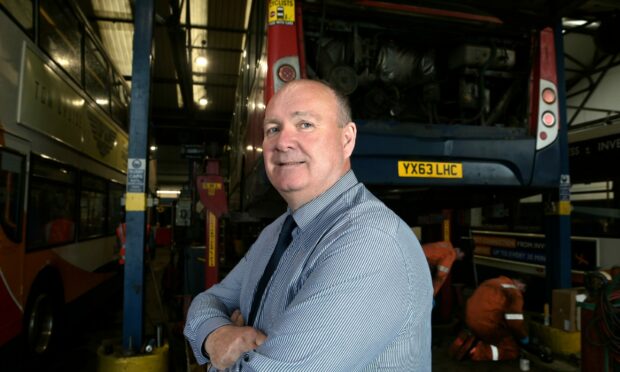
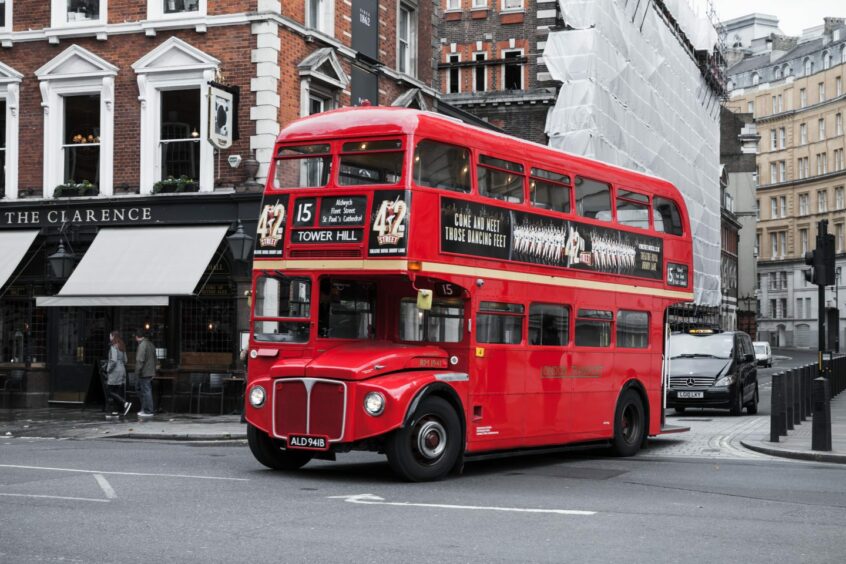
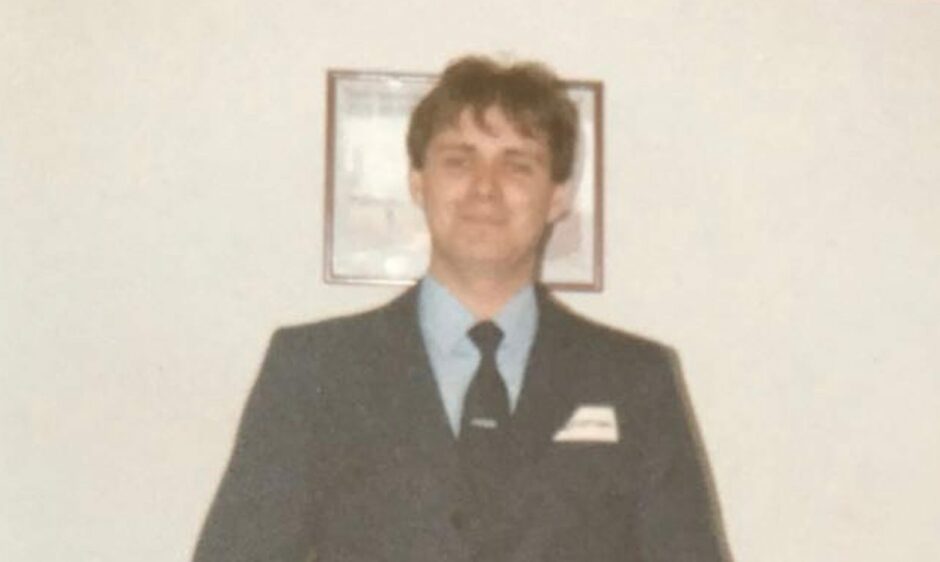
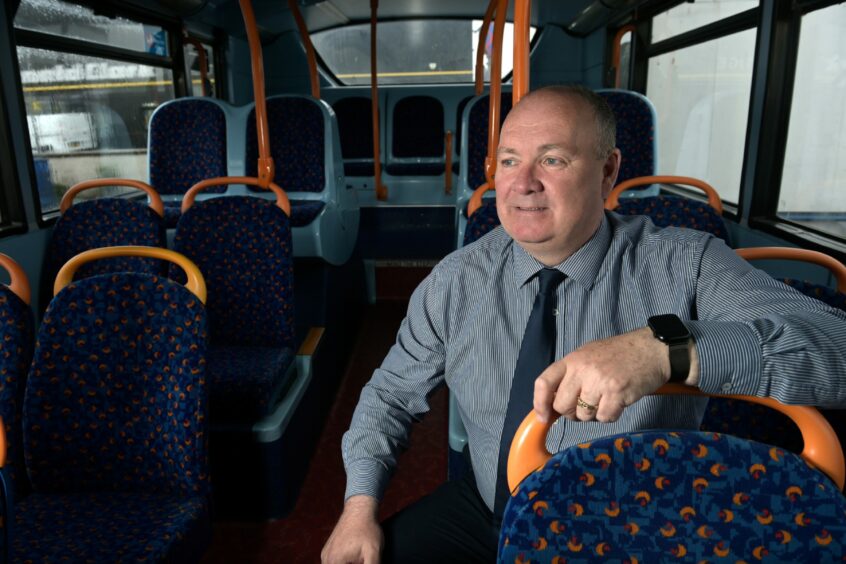
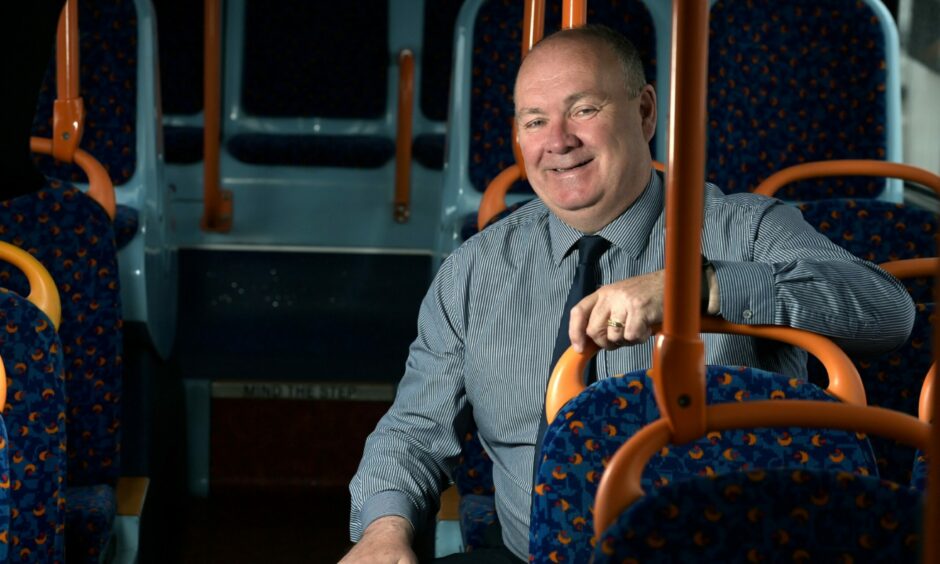
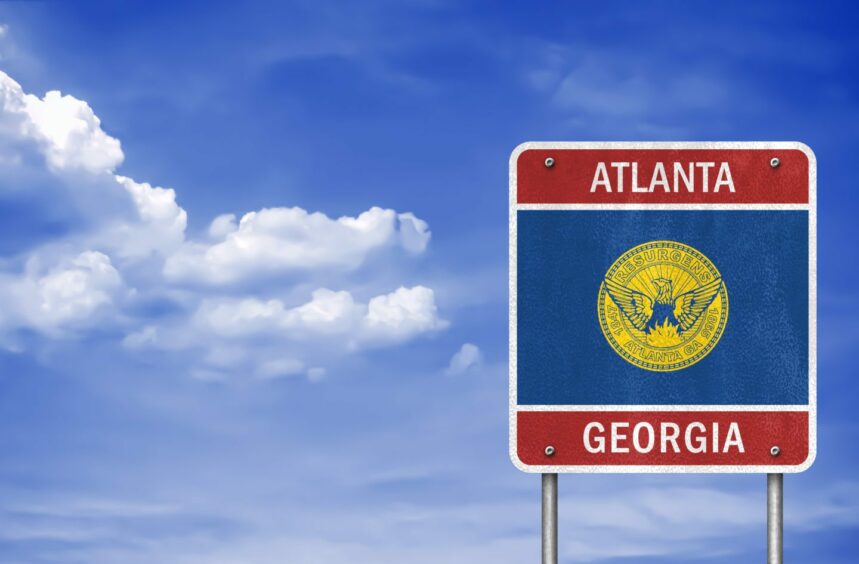
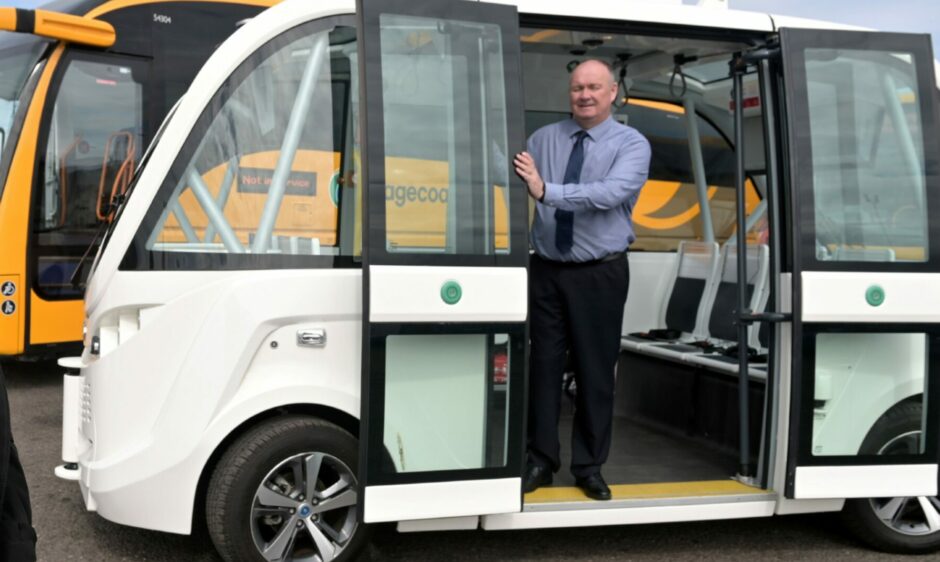
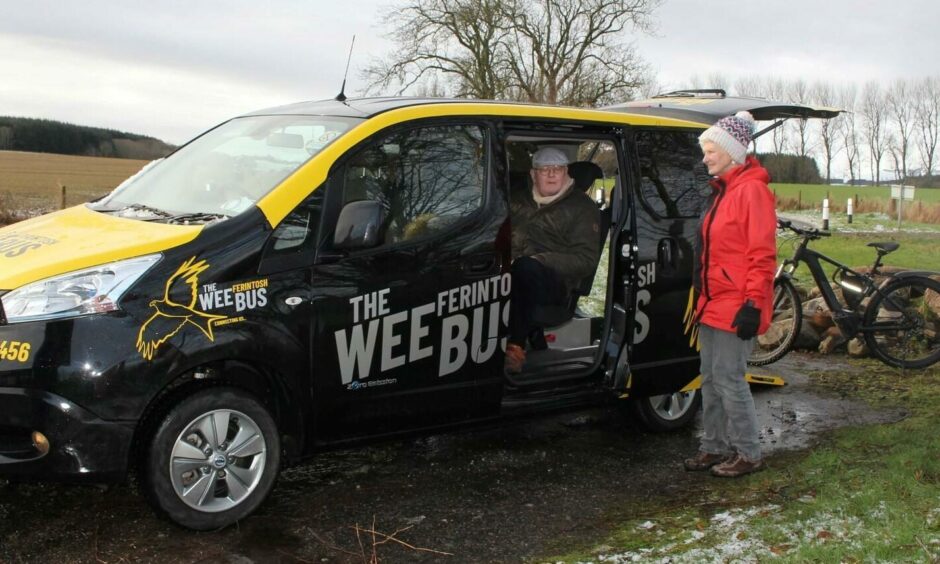
Conversation